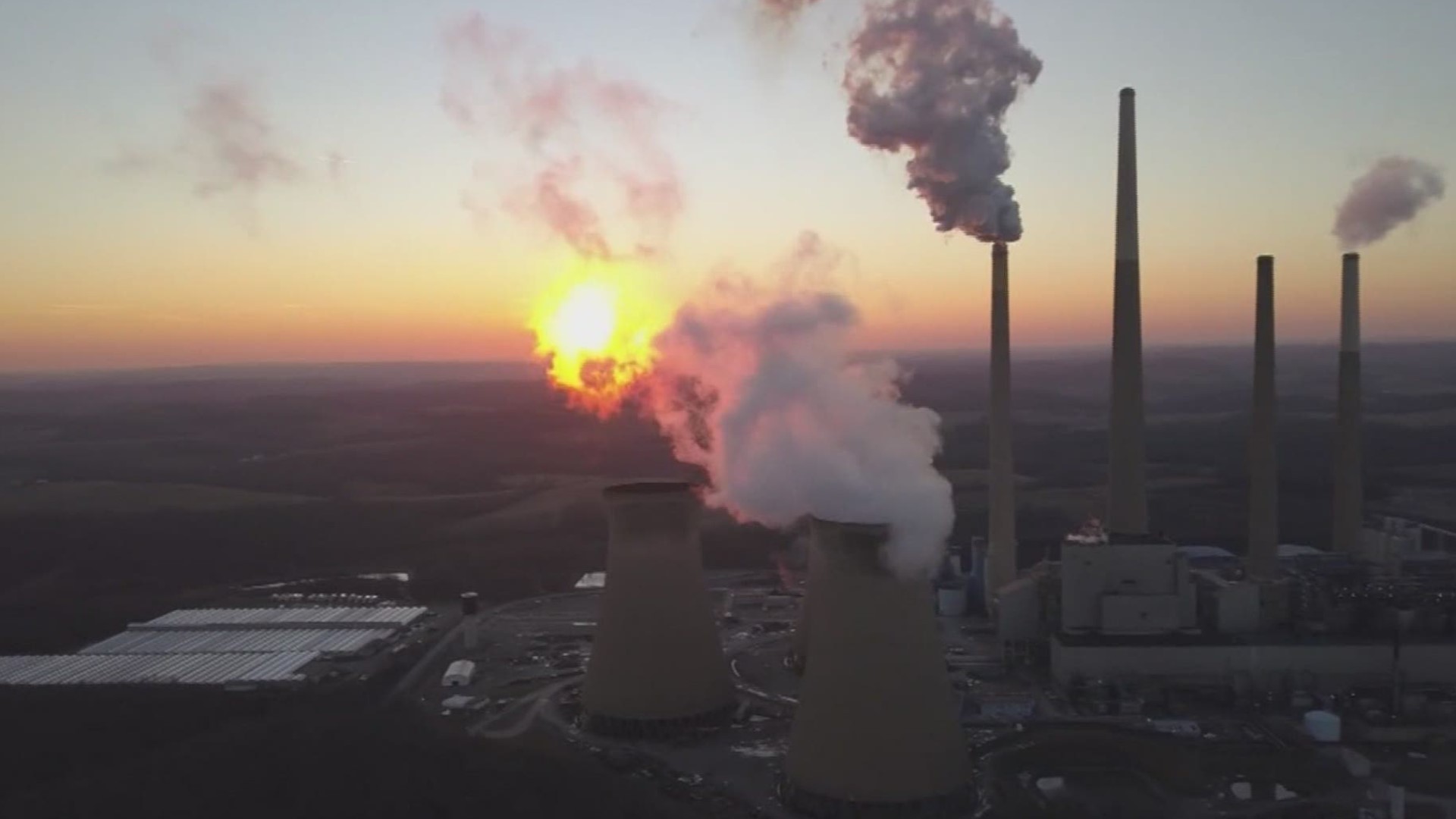HARRISBURG, Pa. — Governor Wolf granted the Pennsylvania Department of Environmental Protection a six-week extension to develop a plan to join the Regional Greenhouse Gas Initiative (RGGI), part of an executive order signed last October.
Ten states make up RGGI, including neighboring New York, New Jersey, Delaware and Maryland, aimed at reducing greenhouse gas pollution while generating economic growth.
"It’s the right time for climate and for what’s coming in the energy market," PA Department of Environmental Protection Secretary Patrick McDonnell said.
The initiative works as a cap-and-invest program, where those in RGGI have a limited number of greenhouse gas credits to use. Once they're used up, companies have to buy additional credits from other states in the program for additional greenhouse gas allotments. States can sell credits until they meet their cap, with profits being used to invest in renewable sources of energy here at home.
Basically, the program forces companies to either reduce their greenhouse gas emissions or spend the money to buy additional credits.
Pennsylvania already sells about 1/3 of the electricity it produces.
“People really won’t see a rate impact - we will see an increase in jobs and we will be cleaning up air quality while reducing our state’s contributions for climate change," Sec. McDonnell said. "This is fundamentally a shift that we’re already seeing in our economies.”
Sec. McDonnell said the initiative will help clean the air, which could reduce mosquito and tick population in the commonwealth as well in a time where the rate of Lyme Disease in Pennsylvania continues to climb, according to DEP officials.
But as other sources of energy are developed, Pennsylvania coal communities will likely suffer. Pennsylvania already signed on to reduce its coal emissions, going from 47% of electricity generated by coal in 2010 to only about 1% by 2030, with or without joining RGGI.
Sec. McDonnell says profits from RGGI should go towards developing new sources of energy in those areas that will be hit the hardest by coal plant closures.
"We need to be able to help those communities. And the other are our environmental justice communities," Sec. McDonnell said. "Figuring out how to use revenue to be helpful in those areas, I think there’s a lot of really good potential.”
And as harmful waste coal stockpiles continue to grow all across Pennsylvania, RGGI benefits could be used to continue the process of using the byproduct as a source of energy.
Sec. McDonnell noted that, while waste coal still has its carbon footprint, it must be gotten rid of in a way that would mitigate the risk to local air and water quality.
“Getting them into these plants in a controlled way—getting rid of the pile, cleaning the site and dealing with the water quality issue," Sec. McDonnell said. "There really aren’t other good alternatives and it’s a much worse situation to be in to have the safety issues and some of the burning issues.”
RGGI states have reduced emissions by about 45% in states participating in the program since 2005, saving approximately $2.3 billion in energy costs and $4 billion total in economic benefit.
The extension to develop the plan lasts September 15th, 2020. For more information on RGGI, you can visit their website.

